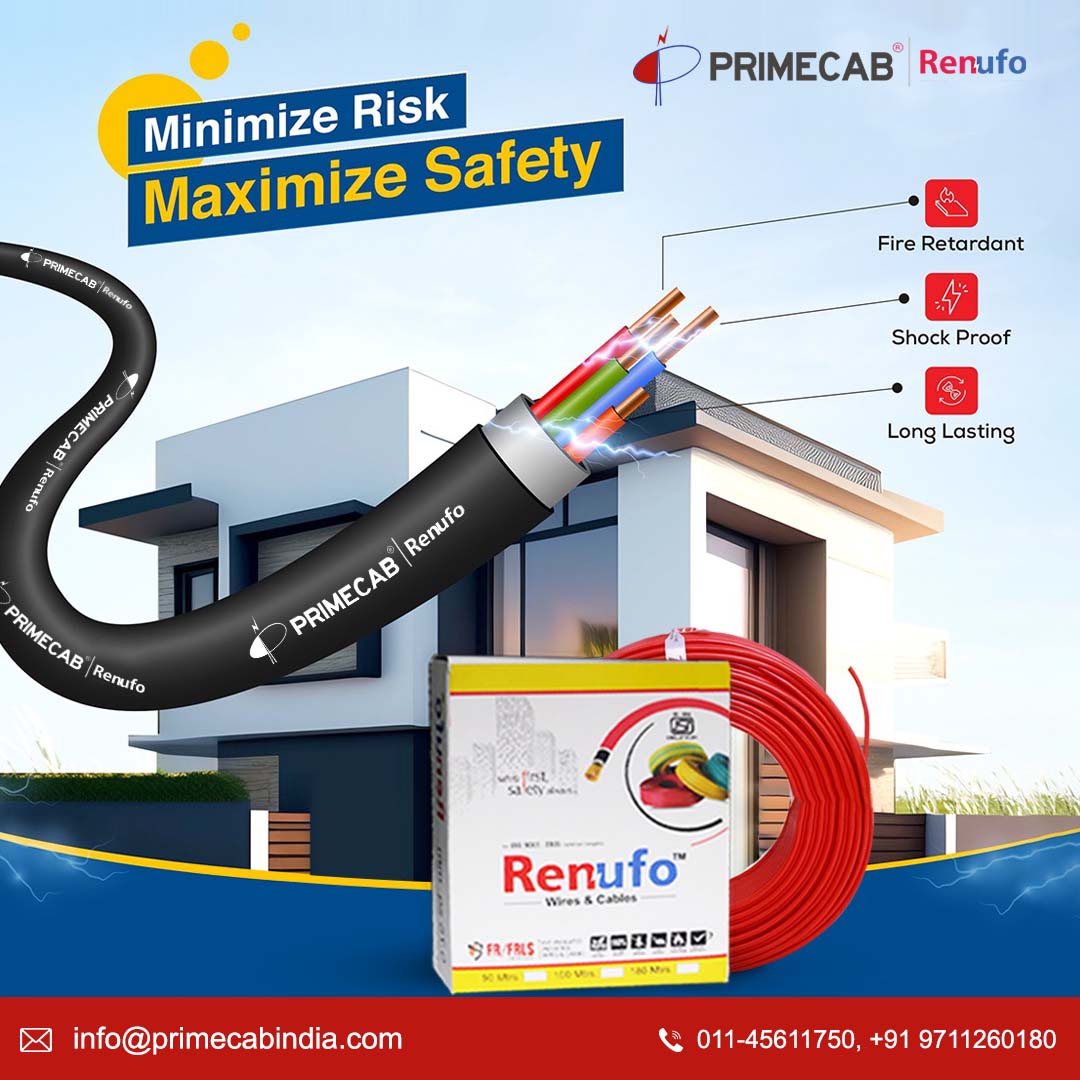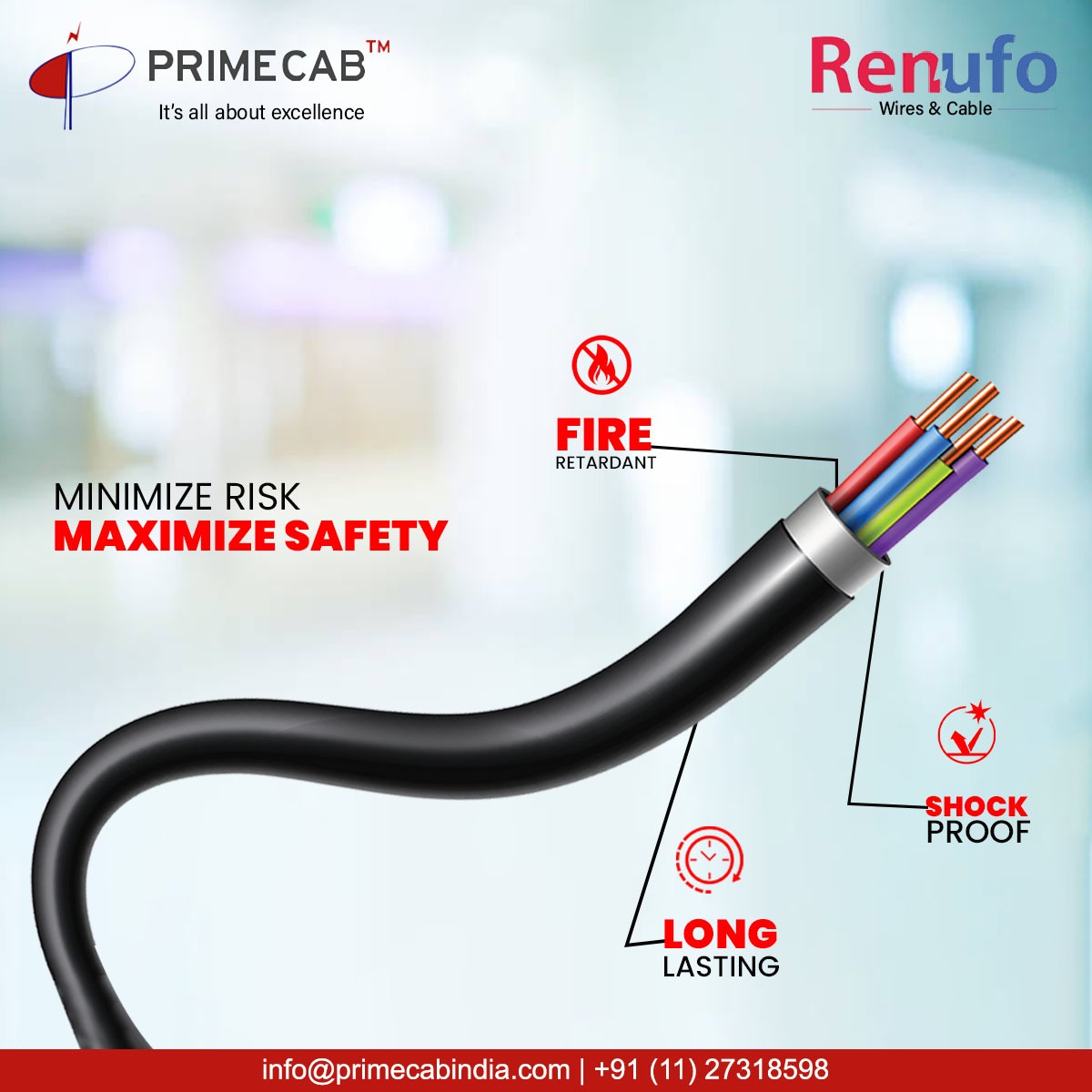Five Demystified Visions of Home Wiring Basics you Need to Know
Wires are the basic requirement today. From the start to the end of our day, we are completely dependent on electrical wires. When you are installing new wiring in your residence, choosing the right wires is half done. When you examine the wiring in your home, you can get identify the wire type and lot about the circuit and the conductors. So it is very essential to know the basic terms about the types of wires your house needs or any project around the house. Because understanding the basics of home wires sounds good and safe for the long year run.
A little bit of knowledge about the types of electrical wires includes common coding, labeling, and sizing. For every simple DIY home electrical project understanding the electrical wires, your house need can make the job easier. Help you rectify the cause of the issue. These also can make your trip to the hardware store much easier.
Before considering the wire types, know about the wire structure. Wires for House Needs to be made of either aluminum or copper. These materials are good conductors of electricity. There are several kinds of wires available but for electrical remodeling for housing purposes. There are the five most common types of wires that are explained below for wires your house needs include:
- NM cable
It is the most common type of modern home electrical wiring known as non-metallic or NM cable. It is used for dry electrical wiring including light fixtures, switches, appliances, and outlets.
- THHN/THWN Wire
Popularly known as metal-clad cables, THHN/THWN Wire are protected by tubular metal or plastic conduit. It is commonly used in unfinished areas like basements. There need for a stronger outer surface where possibility of physical damage.
- UF Cable
Stands for Underground Feeder cable is designed for wet locations and burial direct in the ground. It is used for supplying outdoor fixtures as well.
- Low-Voltage Wire
It is used for low-voltage circuits requiring 50 volts or less, commonly used for bell wires (for doorbells), speaker system wires, thermostats, and more.
- Data and Phone wire
It is the most common type of housing wire carry a small amount of voltage and is used for landline telephones and internet hookups.
These are the basics of wires you need to know.





